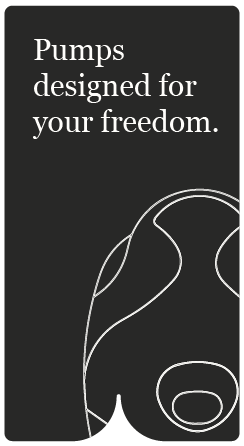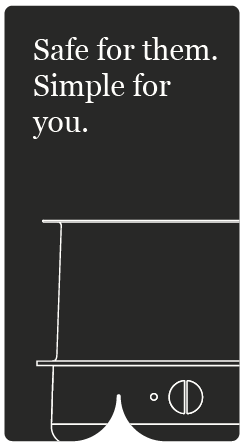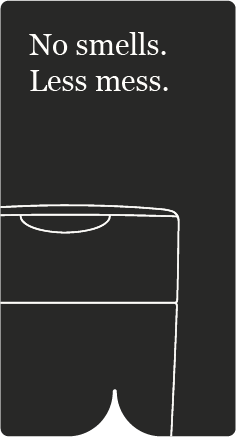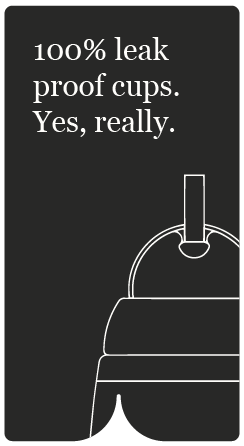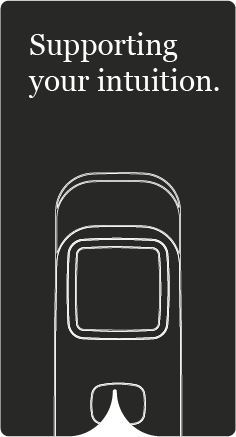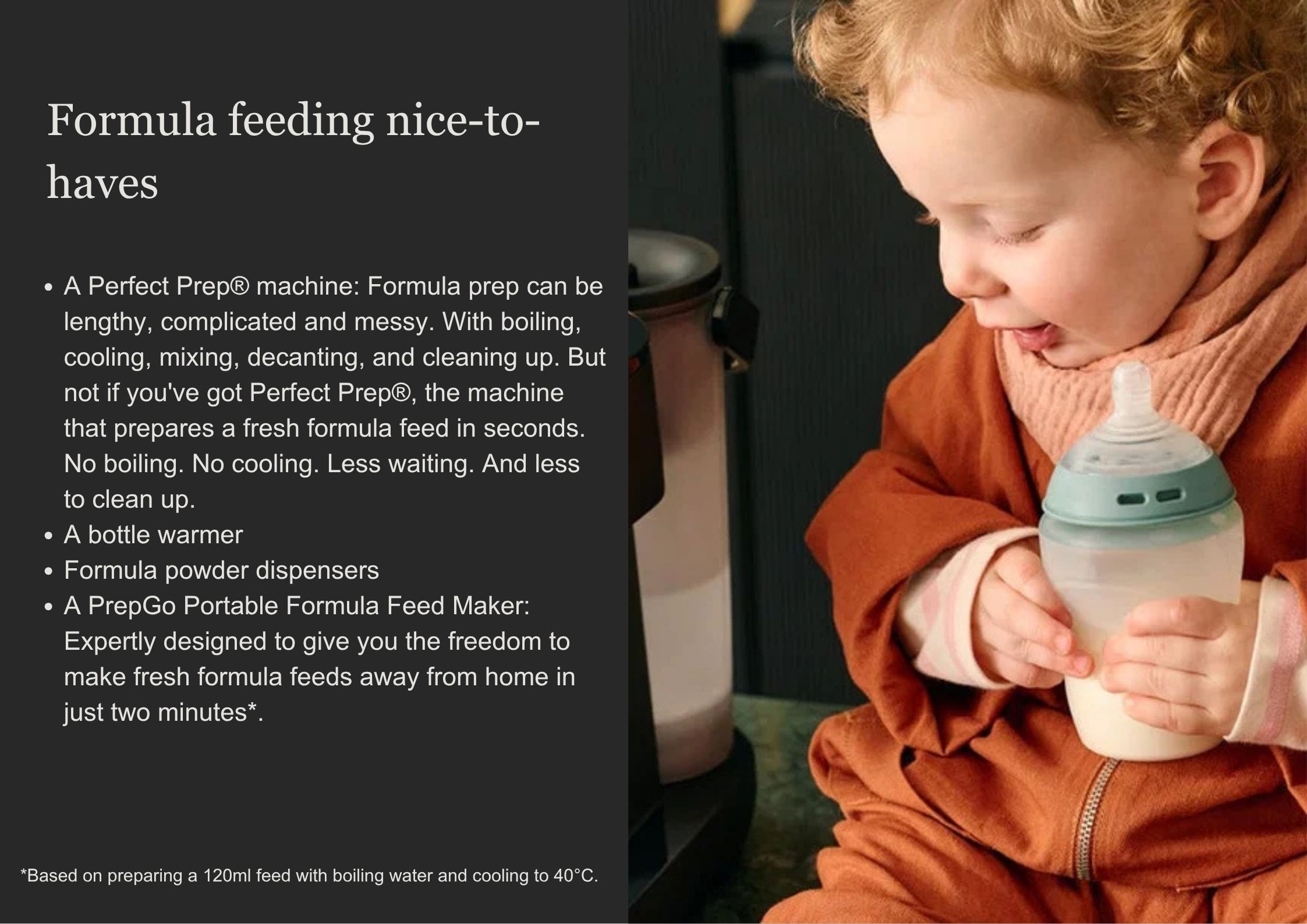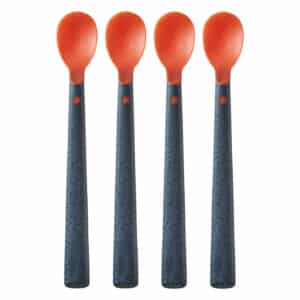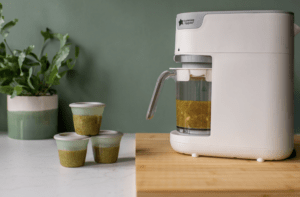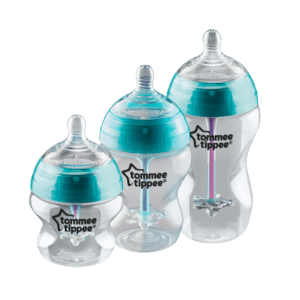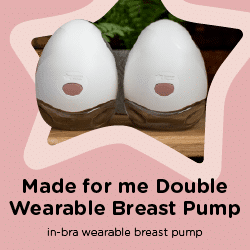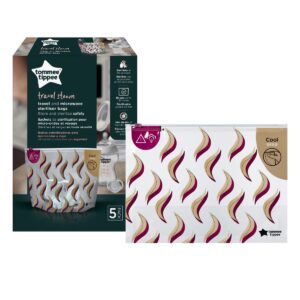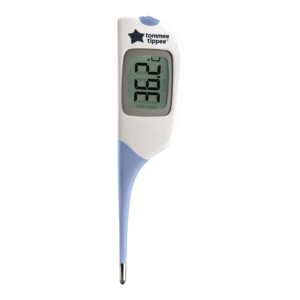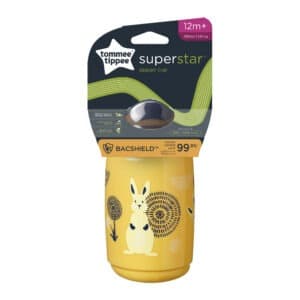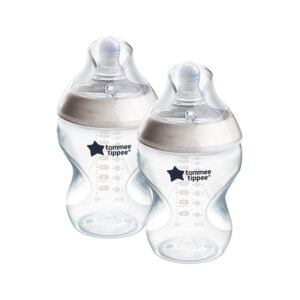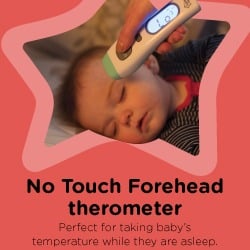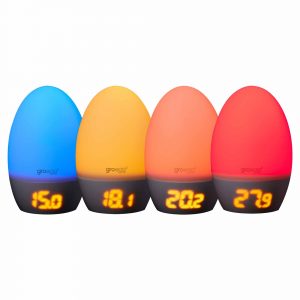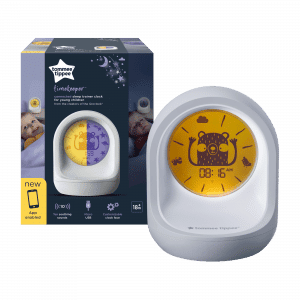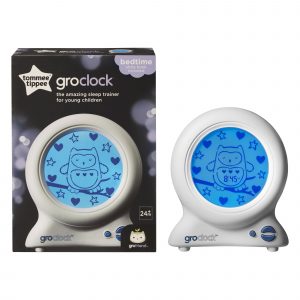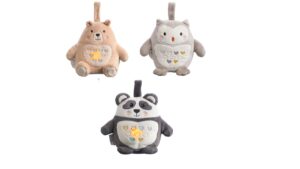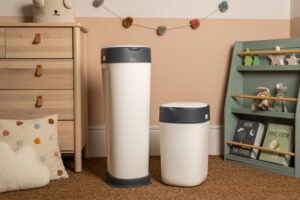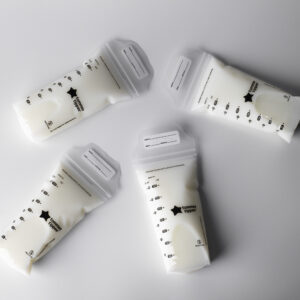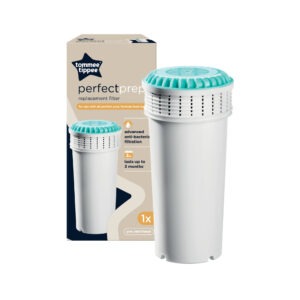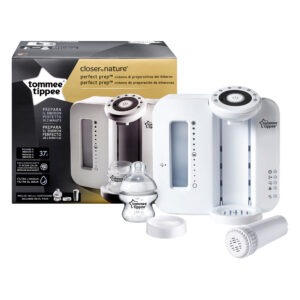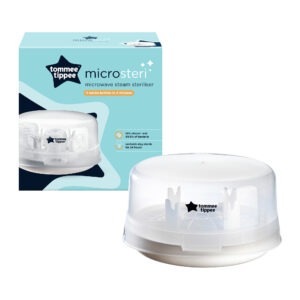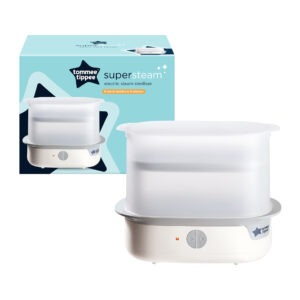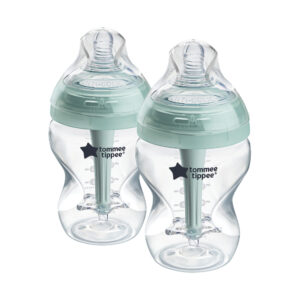Bottle Feeding
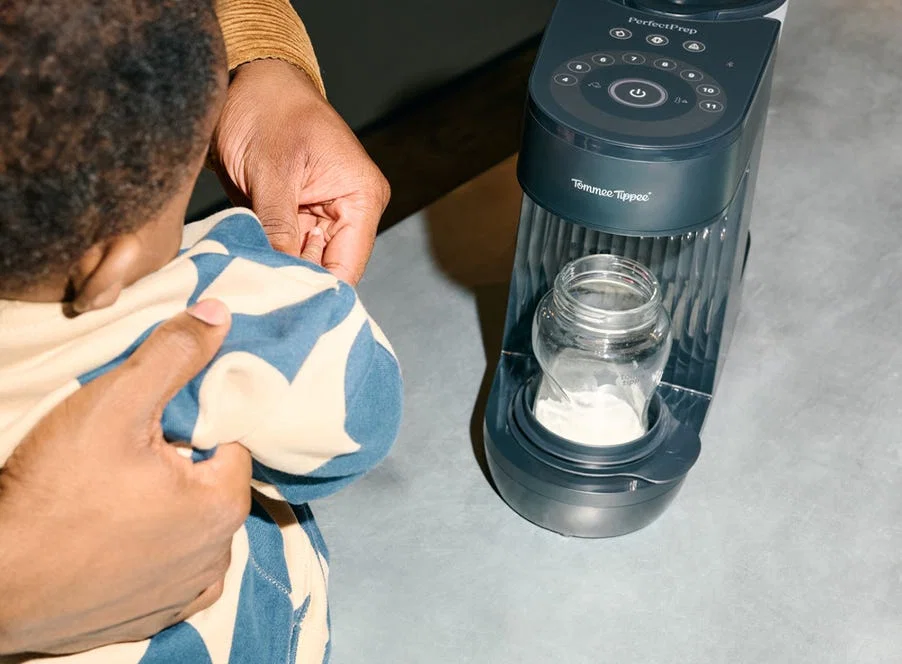
How to make a formula bottle
How to make a formula bottle

Powdered baby formula is not sterile, so hygiene and protecting your baby’s immune system should always be at the forefront of your mind when you’re making a bottle of formula.
To reduce the risk of infection, every piece of feeding equipment you use should be thoroughly cleaned and sterilised before every feed. This should be done until your baby is 12 months old. You should also always follow the instructions on the formula’s packaging carefully when you make up a bottle feed.
Making a formula bottle: What you’ll need
Formula feeding must-haves
- A clean and sterile work surface.
- A kettle.
- A clean water supply.
- Your choice of first infant formula or ready-to-feed liquid formula (if you’re going to give your baby ready-to-feed liquid formula, you only need to wash your hands thoroughly, swirl the bottle thoroughly, attach a teat).
- At least six bottles with caps in various sizes.
- At least six teats in a range of flow rates
- A bottle and teat brush.
- Sterilising equipment
- Tongs to pick up your sterilised feeding equipment.
- Muslin cloths and bibs
How to prepare a baby’s bottle while away from home
Now that we’ve covered how to make a bottle of baby formula at home, let’s tackle how to prepare a feed for your little one when you’re on the go.
If you need to feed your baby when you’re away from home, you’ll need:
- The correct amount of formula powder measured out and stored in a clean and dry container.
- A clean flask of hot boiled water that’s only used for your baby.
- An empty sterilised bottle and teat with a protective cap on.
- To be able to cool the bottle (with the lid on) under cold running water once it’s prepared.
If you’re not able to follow the above steps or need to take a feed to your baby’s nursery, you can make up their bottle at home, cool it, and pop it alongside an ice pack in a cool bag.
Formula stored:
- in the fridge must be used in 24 hours
- with an ice pack in a cool bag must be used in four hours
- at room temperature must be used within two hours.
Alternatively, you can use a carton of ready-to-feed liquid formula to feed your baby when away from home. Liquid formula milk is sterile until opened. However, all feeding equipment will still need sterilising.
Once it’s been opened, any liquid infant formula that is unused should be stored on the top shelf at the back of the fridge, for no longer than 24 hours.
Formula bottle preparation: Dos and don’ts
- Do get in touch with your midwife, health visitor or doctor if you need help and support with bottle feeding your baby.
- Do use freshly boiled tap water to prepare a formula feed.
- Do only make up a fresh feed when your baby needs it, and only make one feed at a time.
- Don’t mix cereals or sugar into your baby’s formula.
- Don’t use a microwave to heat formula milk. This can cause an uneven temperature and dangerous hot spots that can scald your baby’s mouth.
- Don’t use synthetically softened water or water that’s previously been boiled to make up a formula feed.
It’s not recommended to reheat baby formula. Here’s why:
- Bacterial growth: Reheating formula can increase the risk of bacterial growth, which can make your baby sick.
- Nutrient loss: Reheating can also destroy some of the nutrients in the formula. Never microwave formula. This can create hot spots that could burn your baby’s mouth. If your baby prefers warm formula, you can warm it once by:
- Running it under warm water: This is the safest method.
- Using a bottle warmer: Make sure to follow the instructions carefully.
Bottled water isn’t recommended for preparing formula feeds. This is because it’s not sterile and can sometimes contain high levels of salt or sulphates. It can, however, be used occasionally if you’re travelling to a country where the tap water is not safe for drinking.
If you need to use bottled water to prepare a formula feed:
- Use still water only, never sparkling.
- It must be boiled before preparing the feed.
- Check that the seal on the bottle isn’t broken.
- Read the label and check that the sodium (Na) level is lower than 200mg a liter and that the sulphate (SO or SO4) content isn’t any higher than 250mg a liter.
Formula that’s made up at home and stored at room temperature must be used within 2 hours.
Yes, if you follow safe preparation guidelines, you can give your baby a mix of breast milk and formula in the same bottle.
If you decide to do so, you should follow the manufacturer’s instructions exactly when preparing the formula, before adding your expressed breast milk. When mixing formula, never substitute water for your breast milk.
- Before preparing a mixed bottle, you should wash your hands and make sure all your feeding equipment is sterilised.
- If you’re combining concentrated liquid or powdered formula with expressed breast milk, you should read the manufacturer’s directions carefully and prepare the formula according. Then once the bottle is ready, you can pour in any of your expressed breast milk.
- If you want to mix your breast milk with ready-to-feed formula, you can pour it into the same bottle as your expressed breast milk right away, because ready-to-serve formula is already prepared.
There are a few reasons why a formula-fed baby might suddenly refuse a bottle. Here are some of the most common:
- They’re not hungry: If the baby has recently had a feed or is not feeling well, they may not be interested in eating from a bottle.
- The temperature of the formula isn’t quite right: Formula should be warmed to body temperature before feeding. If it is too hot or too cold, the baby may refuse it.
- They don’t like the teat on the bottle: Some babies prefer a certain type of teat. If the teat on the bottle you’re using is not the right size or shape, your baby may have difficulty sucking from it.
- They’re teething: Teething can make babies fussy and irritable, and they may not want to feed as and when they normally would.
- They’re feeling sick: If the baby has a cold, ear infection, or other illness, they may not want to eat or drink according to their usual schedule.
If your baby is suddenly refusing a bottle, it is important to rule out any underlying medical conditions. If you are concerned, you should talk to your doctor. They may be able to help you identify the underlying cause of the problem and recommend a solution.
If your baby is refusing the bottle at a certain time of day, try offering it at a different time, and you should always let your baby take the bottle at their own pace.


